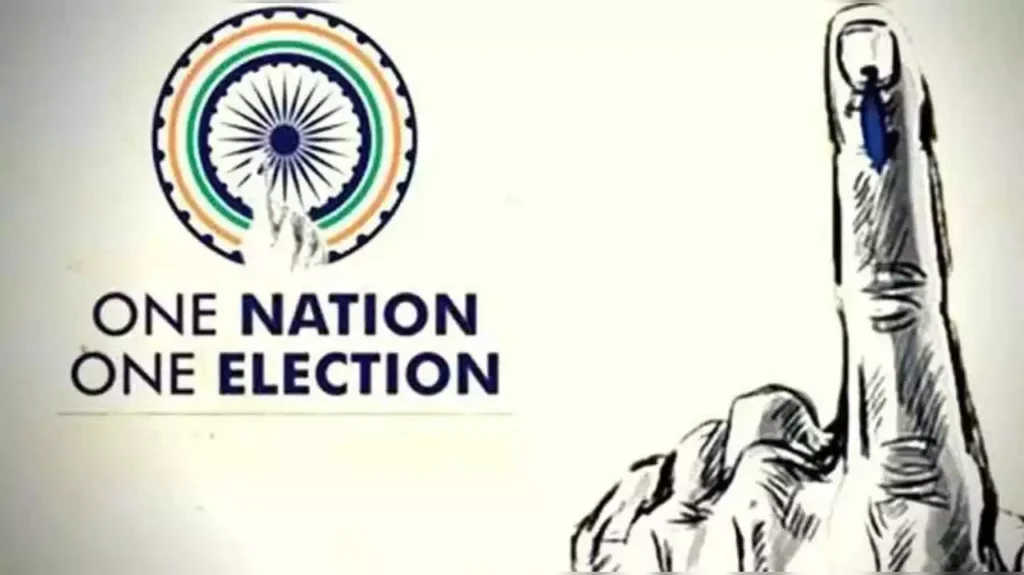
Table of Contents
Introduction
In recent years, there has been a growing discourse surrounding the implementation of the One Nation One Poll strategy in India. This approach advocates for synchronizing the elections across all levels of governance, from the local to the national level, thereby holding elections once every five years. In this article, we delve into the potential advantages of adopting such a strategy.
Enhanced Governance Efficiency– One Nation One Poll
One of the primary benefits of transitioning to the One Nation One Poll system is the improvement in governance efficiency. Currently, India witnesses a continuous cycle of elections at various levels, leading to frequent disruptions in governance and administrative processes. By consolidating elections, the government can focus more on policy formulation and implementation rather than being preoccupied with election-related activities.
Cost Savings and Resource Optimization
The implementation of simultaneous elections would result in substantial cost savings for both the government and political parties. Conducting elections entails significant expenditures on security, logistics, and manpower. By reducing the frequency of elections, resources can be allocated more efficiently towards developmental initiatives, infrastructure projects, and welfare programs, ultimately benefiting the citizens.
Mitigation of Political Polarization
Frequent elections often exacerbate political polarization as parties engage in perpetual campaigning to secure electoral victories. Adopting the One Nation One Poll approach can mitigate this polarization by providing a conducive environment for constructive dialogue and bipartisan cooperation. It would encourage political parties to focus on long-term development agendas rather than short-term electoral gains.
Streamlined Electoral Process
Consolidating elections would streamline the electoral process, making it more organized and accessible to voters. Currently, voters often face election fatigue due to the repetitive nature of polls. Simultaneous elections would reduce voter fatigue and enhance voter turnout by providing a clear and structured electoral calendar. Additionally, it would simplify the administrative burden on election authorities, leading to smoother conduct of elections.
Strengthening Federalism
The One Nation One Poll strategy has the potential to strengthen federalism by fostering greater coordination and cohesion among different tiers of government. It would facilitate synchronized decision-making processes and promote uniformity in governance policies across the nation. Moreover, it would reduce the strain on state resources that are currently expended on separate state elections, enabling states to focus more on developmental activities.
Conclusion
In conclusion, the implementation of the One Nation One Poll strategy offers numerous advantages that can significantly enhance the democratic process in India. From improving governance efficiency and cost savings to mitigating political polarization and strengthening federalism, the benefits are manifold. As India continues to evolve as the world’s largest democracy, exploring innovative electoral reforms like One Nation One Poll becomes imperative for ensuring sustainable progress and prosperity.
1 thought on “Advantages of Implementing One Nation One Poll Strategy in India”